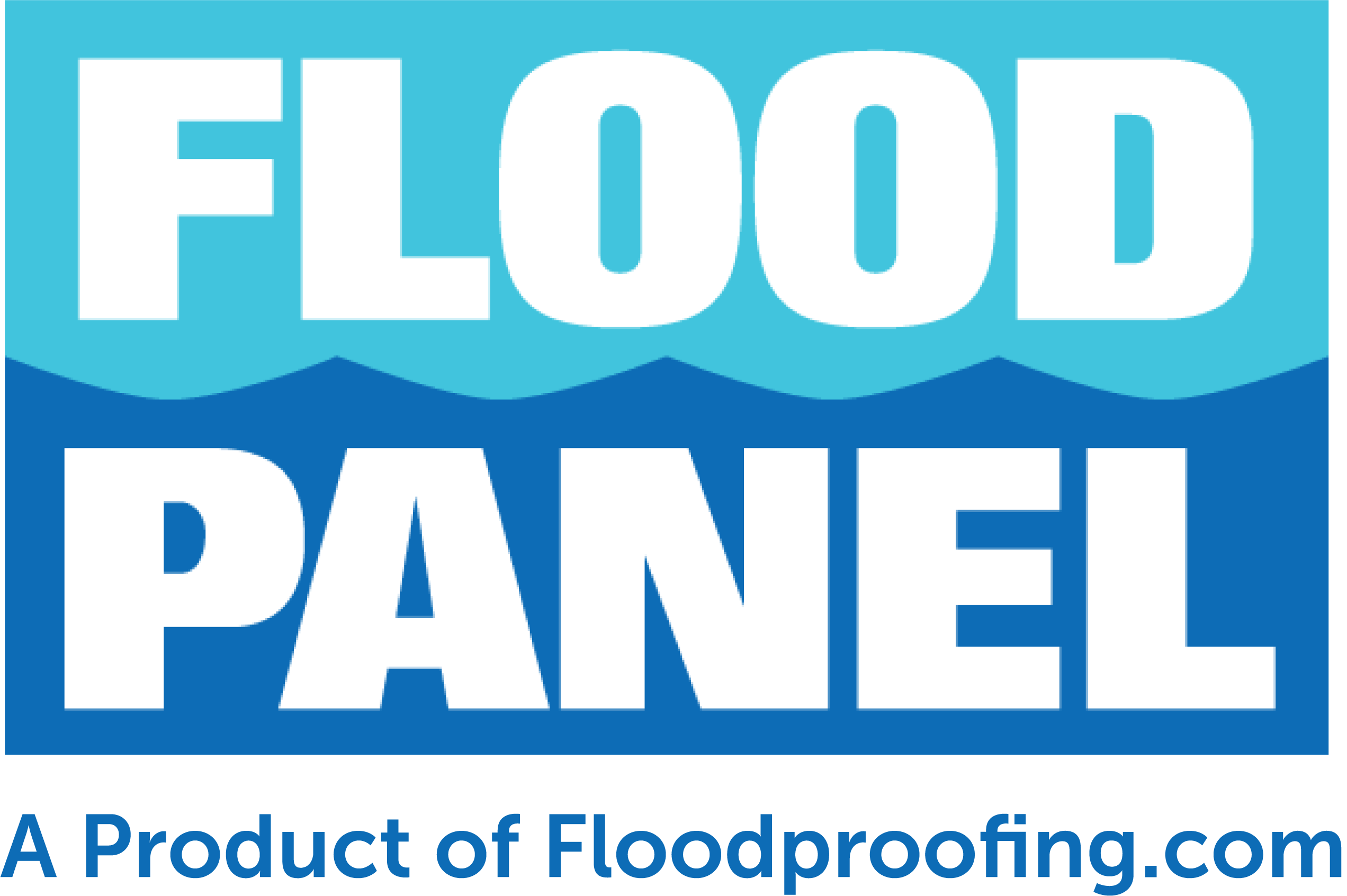Blog
Media Contact
Email: media@floodpanel.com
New Floodplain Maps for New Jersey Raise Concerns
In mid-June, FEMA released a new floodplain map for the State of New Jersey. As hard as it may to believe — particularly after the widespread and devastating floods brought by Hurricane Sandy — the official flood zone area has shrunk.
While some property owners may be celebrating this news, others are raising concerns about the interpretation of the data. Barry Chalofsky, who is the former chief of the New Jersey Department of Environmental Protection’s storm water and ground water programs, has deep concerns about the new maps.
Source: FEMA Region II Coastal Analysis and Mapping
Mr. Chalofsky is apprehensive about the fact that many properties in New Jersey have been downgraded as far as flood risk, even though the studies that created the new zones did not factor in variables such as sea level rise and changes in topography that resulted from Hurricane Sandy nine months ago.
In a recent op-Ed essay that was published by newjersey.com (http://www.nj.com/times-opinion/index.ssf/2013/07/opinion_nj_fema_flood_map_revi.html), Mr. Chalofsky enumerates the reasons for his alarm. First and foremost among Chalofsky’s list of concerns is the fact that the flood maps have been drawn based solely on historical trends and past flooding incidents over the past century, without factoring in changes that have occurred recently.
For example, Hurricane Sandy altered the topography of much of the Jersey shoreline; in some areas drastic topographical changes have occurred. These changes in the lay of the land will undoubtably influence future flooding events in ways that cannot be fully predicted. For this reason, past flooding events can no longer predict how floodwaters and storms will behave from now on.
In addition, the new FEMA maps do not account for sea level rise, which is increasing inexorably and measurably each year. In other words, while we know that there has been an increase in sea level of about nine inches since the 1920′s, we do not know at what rate the sea level will rise over the coming century. Scientists are not in agreement on the rate of increase, but it is universally accepted that sea level rise will easily exceed the historical rate.
Therefore, Chalofsky has voiced his apprehensions even as some property owners are celebrating reduced flood insurance costs. The danger, says Chalofsky, is that some of these property owners will be putting themselves at great risk if they choose to reduce or even forego flood insurance.
“I think the real risk is that we rely too much on the maps and decide that we are “OK” if we just build to the required standards”, writes Chalofsky. “My biggest concern is that this latest revision will create a false sense of security for those residents who are not required to elevate…”
As property owners now endure the so-called “100-year floods” with increasing frequency, climate change and its accompanying sea level rise continues unabated, and vast areas of the eastern shoreline has been changed by past hurricanes and super-storms, property owners are well-advised to heed their own common sense and prudence instead of the new FEMA maps. A property protected by elevation, flood barriers, prudent planning, and adequate flood insurance will be much better equipped to withstand the coming storms.
Source: http://www.floodbarrierusa.com/

